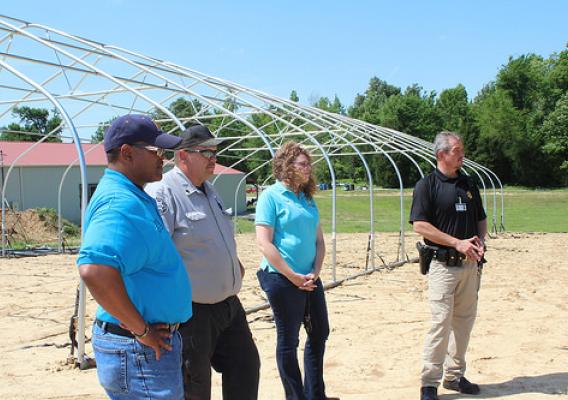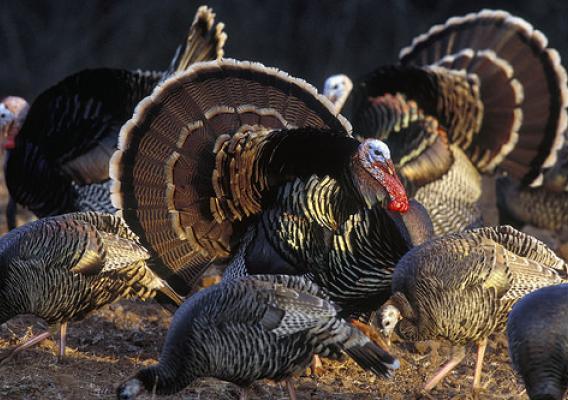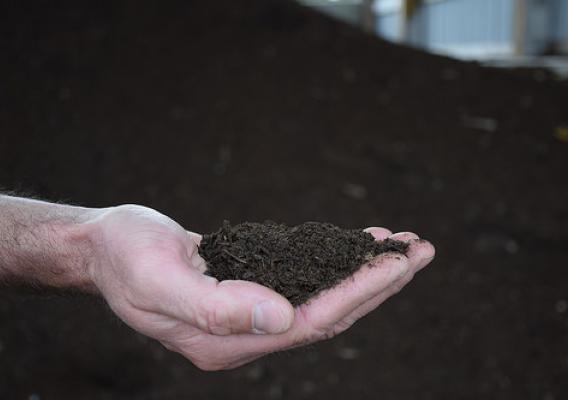Last week at the United Nations in New York, I joined top USDA officials to celebrate World Soil Day and the U.S. launch of the International Year of Soils, or IYS. Last year, the United Nations General Assembly designated Dec. 5 as World Soil Day and declared 2015 as the IYS to “serve as a major platform for raising awareness of the importance of soils for food security and essential ecosystem service.” Representing the United States were Robert Bonnie, USDA under secretary for Natural Resources and Environment, and David Smith, deputy chief for soil science and resource assessment, with USDA’s Natural Resources Conservation Service (NRCS).
Under Secretary Bonnie was one of 10 distinguished guests making presentations on the floor of the United Nations. He emphasized the serious challenges that are facing agriculture and food security, particularly in light of the fact that in the next 40 years, farmers and ranchers will need to produce as much food as they have in the last 500 years to feed a rapidly growing population. He also said that NRCS’ work in soil conservation, soil health and soil science has been integral to the economic and environmental sustainability of agriculture.










